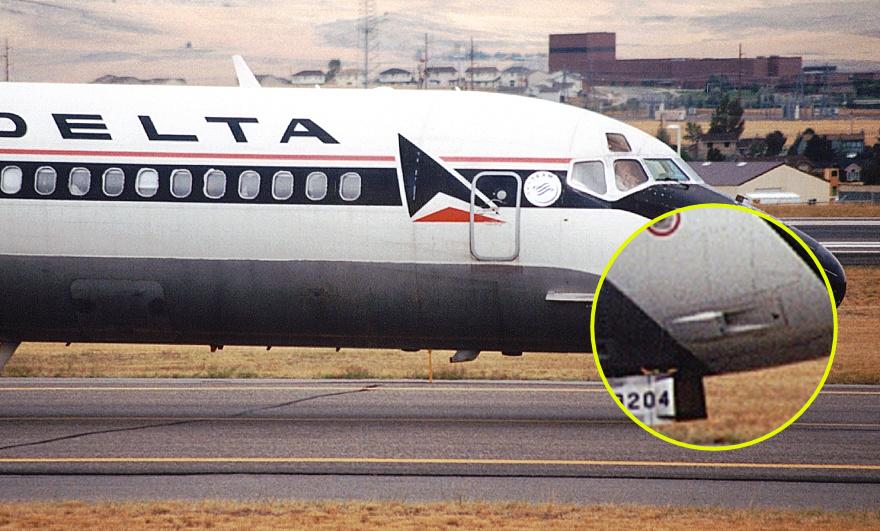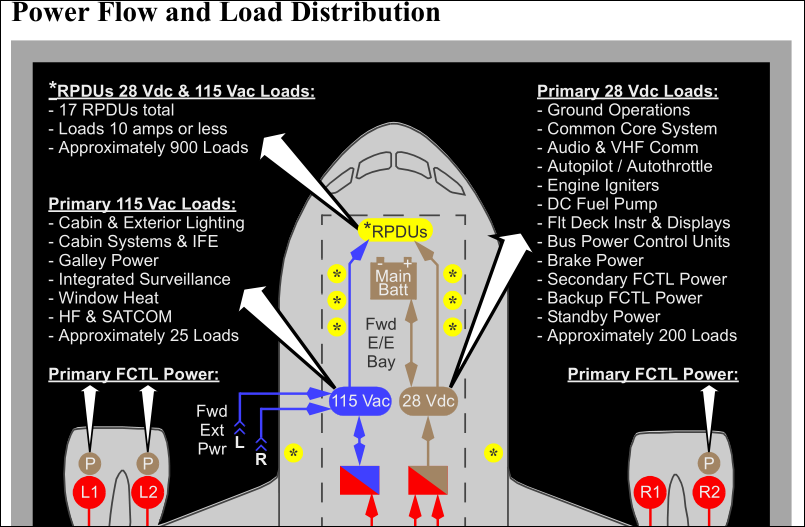According to Civil Avionics Systems, such system is found on the Airbus A350, A380, Boeing 787, and new business jets. But only certain systems use the variable frequency (VF) AC. Namely motors such as in the fuel and hydraulic systems. They are designed to operate at different speeds with tolerances allowed for the slowest modes of operation.
In short, the motors, heaters, etc., are designed to operate on different loads reliably.
From the 787 manual, items such as cockpit displays and instruments use DC power instead. DC fuel pumps, brakes, and igniters, are also used on the 787.
The reason for it not being implemented decades ago is that motors weren't easily made reliable, especially DC motors. Another reason is the cooling requirements for the motor controllers, on the 787 for example, liquid cooling is used. Solid-state relays replaced most of the traditional circuit breakers, enabling automatic load shedding. One reason for that is to further limit the generated heat.
The above VF system is by far the lightest, and is less complicated. Between it and the IDG system, there was the short-lived variable-speed constant-frequency (VSCF) used on the McDonnell Douglas MD-90. In its early days it proved troublesome to maintain but eventually it achieved high dispatch reliability. As with the VF, the engine generators outputted VF, but then tap converters (a mid-80's invention) were used to produce constant frequency. Below is the MD-90's air-scoop for the cooling of this system.

(airliners.net) Air-scoop for cooling the VSCF on the MD-90.

